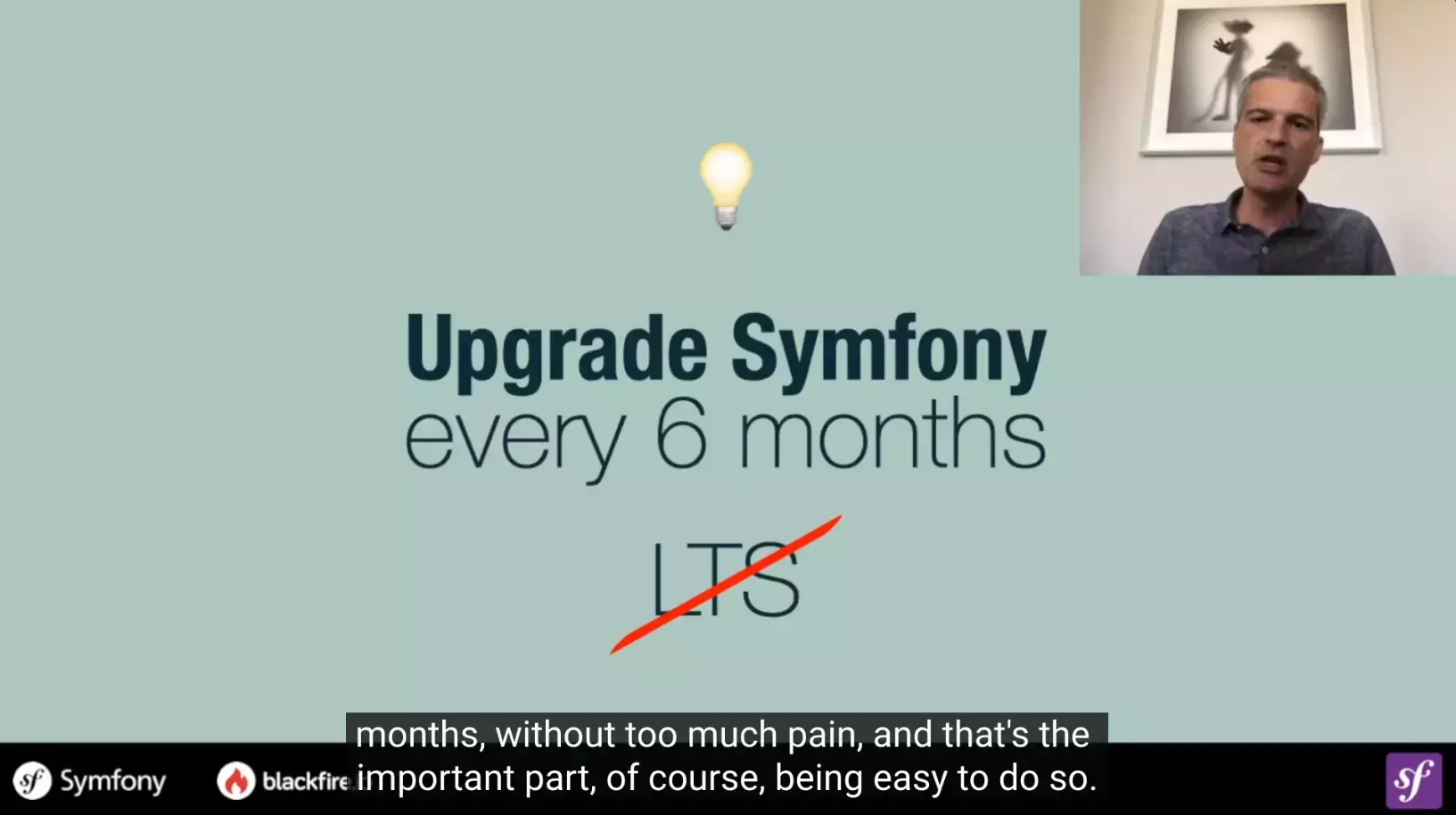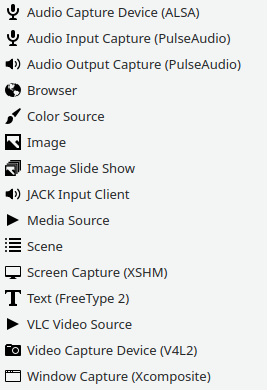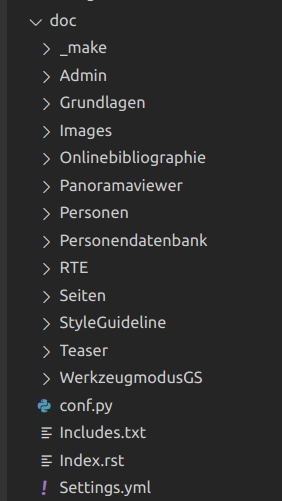(Dependency Track, Best Practices) Introduction In May 2021 President of the USA Joe Biden has issued the Executive Order 14028 on “Improving the Nation’s Cybersecurity”. The document makes several demands on federal agencies concerning the implementation of Cybersecurity and identifies the security and integrity of the software supply chain as one vital claim.
A data import is part of most of our projects and in some cases, we need to re-import all the data from time to time. This post shows how you can delegate this task to a GitLab CI job and start it by adding a certain keyword to your commit message. What is the problem? There are several circumstances when a data import (or a re-import) is required.

I was quite sceptical if an online conference could make me pay attention in the same way a “physical” conference could. Spoiler: It could. There were some minor issues, such as not so perfect sound, but it was sufficient. The conference took place at an online platform (hopin). All sessions were pre-recorded and made available for all attendees after the conference.
I wanted to switch a small website into a one-pager website lately, and as it so happend - the site was managed with TYPO3. Turns out, with TYPO3 it’s a piece of cake. I already had a sitepackage and a template, so the only thing was to glue the pages in a string, make them distingusable from each other, and adjust the menu. Taking care of the glue The pages can be glued together with two viewhelpers from the vhs-extension.

Creating screencasts, for example for documentation, is easy with these three powerful open-source tools: OBS, Kdenlive and ImageMagick, which all run on Linux, MacOs and Windows respectively. After downloading and installing all three, (https://obsproject.com, https://kdenlive.org and https://imagemagick.org) you are good to go. Let’s start with creating the screencasts.

First of all - I could have put much more words in the title because we are covering a complete workflow for our TYPO3 documentation (for our customers and their sites). We will see the tools used, how it is organized and finally how it is deployed. Format TYPO3 used to use an OpenOffice-based documentation shipped as *.sxw files ages ago.
You may know the dark mode from your mobile phone or elsewhere. It’s basically a theme that can be activated, but also can be a system-wide default. Most browsers do also support this setting - and we as web developers can read these preferences (Firefox) and use media queries to apply a dark theme for our website. Note that this is not togglable, as some JavaScript solutions offer this feature, but only reacting to the browser preference.
Docker activated “rate limits” by the end of 2020 - and as we are frequently pulling images from the main docker registry, we ran into trouble and our builds failed. But there is a quite simple solution for circumventing these rate limits - as we are using a gitlab runner on a dedicated server. This server already has the docker daemon installed and the solution is already documented.
I really like the file drop feature of ownCloud. You can configure a directory to receive files from a thrid party without authentication and with no troubles. You get a URL and that is everything you have to share. People will see a simple file upload field and can push their files directly into your ownCloud. Easy.
On many of our Websites we have contact forms. And recently there seems to be an elevated number of bots filling out these forms with spam data. That’s especially a problem, when a contact form is directly connected to an Issue Tracker, that automatically generates an issue when a mail to a specified address arrives. A possible solution for avoiding automated form-fills is using CAPTCHAs.